By futureTEKnow | Editorial Team
The race to accelerate innovation has reached a new milestone with the launch of Deepinvent, a Silicon Valley startup that’s redefining how we invent, patent, and commercialize new technologies. In a world where traditional R&D pipelines can stretch over years and cost millions, Deepinvent’s breakthrough platform promises to shrink that timeline to minutes—unlocking a new era for startups, enterprises, and research institutions.
At its core, Deepinvent isn’t just another AI chatbot or reasoning agent. It’s the world’s first AI Innovator—a system designed not to converse, but to invent. Unlike legacy AI models that analyze and summarize existing data, Deepinvent leverages a lightweight, scalable superintelligence to identify deep latent patterns in scientific literature and patent filings. The result? The ability to predictively model and generate future innovations that push the boundaries of what’s possible.
Idea to IP: Users start with a concept. Deepinvent instantly surfaces relevant literature, prior art, and market data to validate the idea.
Research: The platform constructs a cross-disciplinary knowledge graph, pinpointing high-potential zones for innovation.
Ideas and Innovation: A proprietary algorithm evolves each idea into a breakthrough solution, drafting detailed patent disclosures with precision.
This process has already produced over 2,000 novel inventions in its first week, with applications spanning semiconductors, biotech, aerospace, defense, pharma, energy, and more. Early adopters range from nimble startups to Fortune 500 giants and top-tier research institutions.
Innovation is the backbone of the global economy, underpinning over $100 trillion in GDP. Yet, the process has long been slow, unpredictable, and expensive—often relying on luck or brute force. Deepinvent aims to democratize invention, removing barriers and placing generative IP tools in the hands of innovators everywhere. By compressing years of R&D into minutes, it levels the playing field and allows a vastly larger pool of talent to contribute to human progress.
Deepinvent’s architecture is inspired by how human innovators think and reason. By blending deep learning with cognitive heuristics, the system can reason across disciplines, forecast breakthroughs, and generate inventions at the edge of human knowledge. CTO Aljo Rakita describes it as a “new class of compound AI systems” built to accelerate invention through emergent innovation behavior.
The platform is already powering advances in fields like neuromorphic chips, cancer treatments, renewable energy infrastructure, and Alzheimer’s therapies—cutting product development timelines by an order of magnitude. Imagine a single engineer reinventing an entire industry in under an hour. With Deepinvent, that’s no longer science fiction.
Deepinvent is now available in a free public beta, inviting innovators from all sectors to experience the future of invention firsthand.
Founded by cognitive scientist and US government AI adviser Dr. Marcus Weller, Deepinvent’s mission is to place the power of scalable superintelligence in the hands of those shaping tomorrow’s world. The goal: uplift global GDP by $10 trillion over the next decade and steepen the curve of human progress.
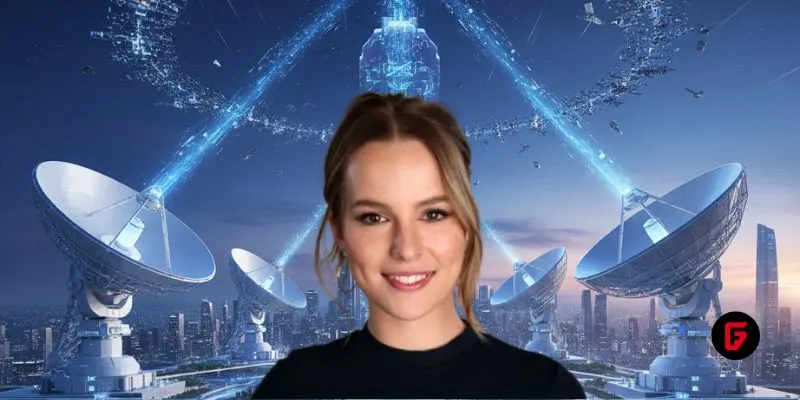
Bridgit Mendler’s Northwood Space is pioneering mass-produced ground stations, enabling scalable, high-speed connectivity for the new era of satellite networks and megaconstellations.
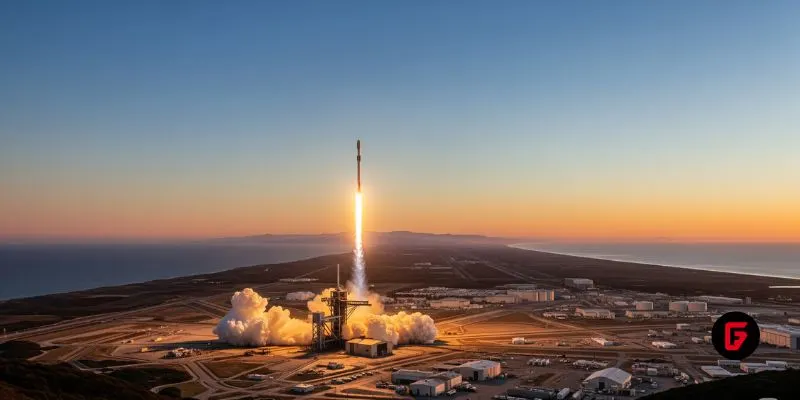
SpaceX aims to nearly double launches from Vandenberg in 2025, facing support from federal agencies but strong objections from the state and local communities.
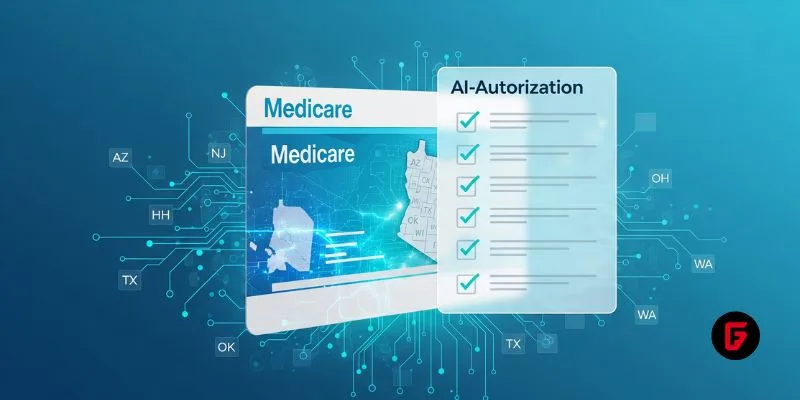
Traditional Medicare will pilot AI-assisted prior authorization in 2026 across six states, focusing on high-risk outpatient services. Clinicians retain final say, but incentives and access concerns loom as CMS tests fraud reduction and “gold card” exemptions. Here’s what providers and patients should know.
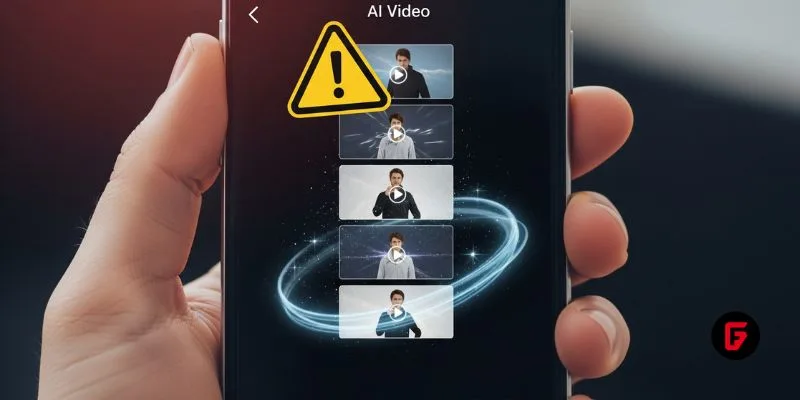
OpenArt’s new “one-click story” compresses scripting, visuals, and edits into ready-to-post short videos—fueling viral growth and a fresh IP debate. We break down how it works, adoption signals, what’s next (multi-character, mobile), and practical guardrails creators and brands should follow to stay original and compliant.
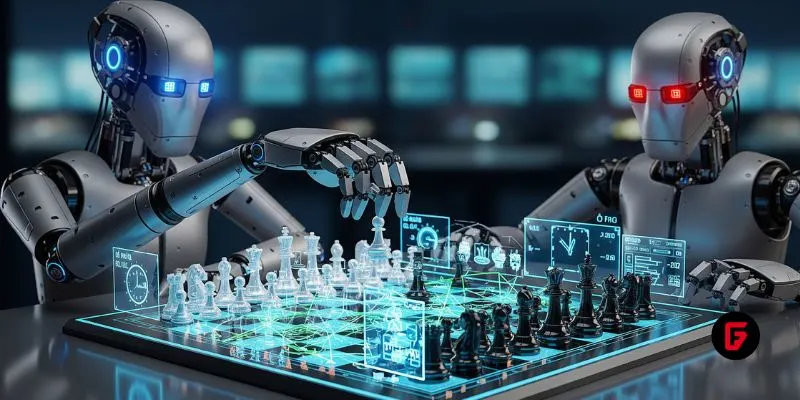
OpenAI’s o3 swept the Kaggle AI chess tournament, defeating xAI’s Grok 4–0. The victory fueled the intense rivalry between Altman and Musk, reshaping AI benchmarks.
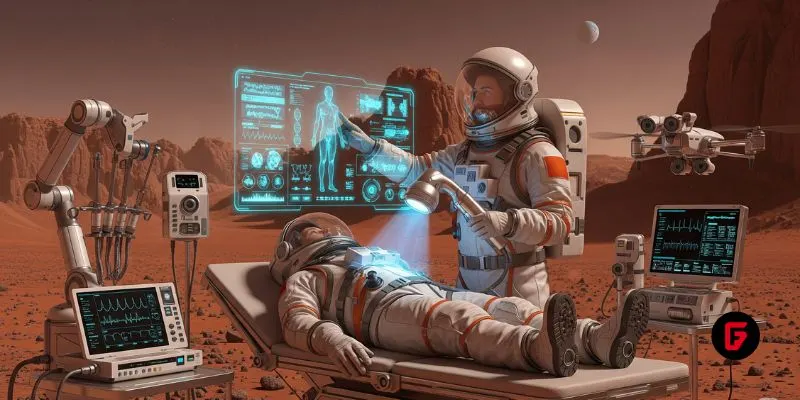
NASA and Google’s AI-powered Crew Medical Officer Digital Assistant enables autonomous diagnoses for astronauts on Mars missions, redefining remote healthcare for space and Earth.

Pinterest’s CEO confirms that fully agentic AI shopping is years away, as the platform invests in AI-powered tools to enhance discovery, inspiration, and personalized shopping experiences for millions.
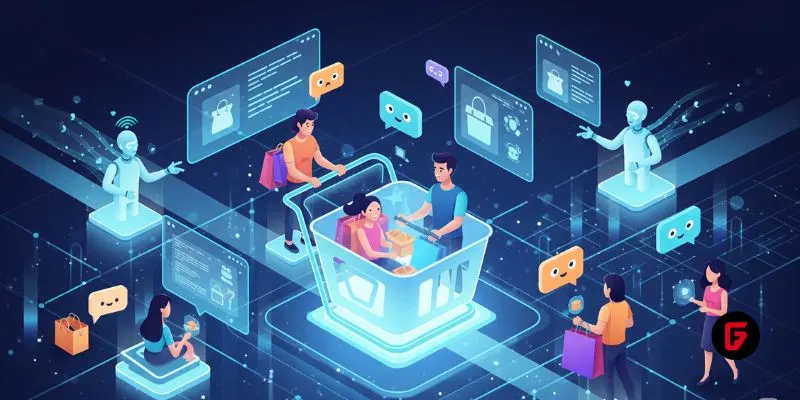
Shopify’s new AI shopping tools are transforming e-commerce, letting agents and chatbots deliver smooth, personalized shopping and checkout experiences across platforms. Learn how these innovations reshape online retail.

Meta has acquired WaveForms AI, a startup pioneering emotion-detecting voice technology. Learn what this means for Meta’s AI voice ambitions and the future of AI audio.

Tracelight is revolutionizing financial modelling for finance professionals with AI-powered Excel tools that automate complex tasks, reduce errors, and unlock new analysis capabilities. Learn how this next-gen solution changes the future of spreadsheets.
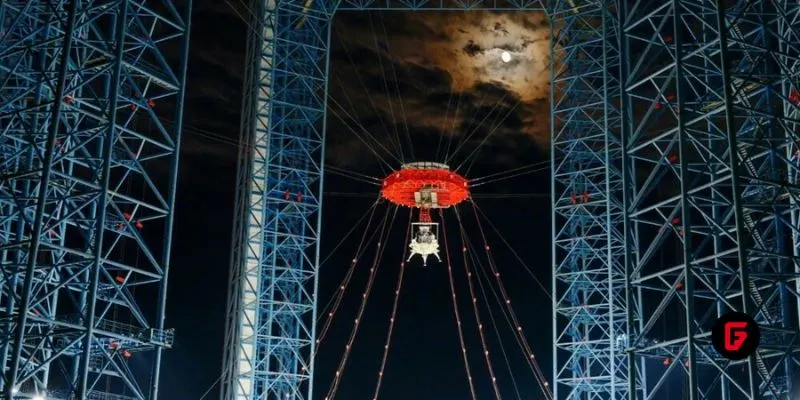
China’s Lanyue lander completed its first major test, showcasing advanced engineering for safe, crewed moon landings before 2030. Explore how this milestone shapes the space race.

Microsoft rolls out GPT-5 across its Copilot suite, integrating smarter AI for enterprise and personal users. Discover new features, free access, and what sets this launch apart.
To provide the best experiences, we use technologies like cookies to store and/or access device information. Consenting to these technologies will allow us to process data such as browsing behavior or unique IDs on this site. Thanks for visiting futureTEKnow.